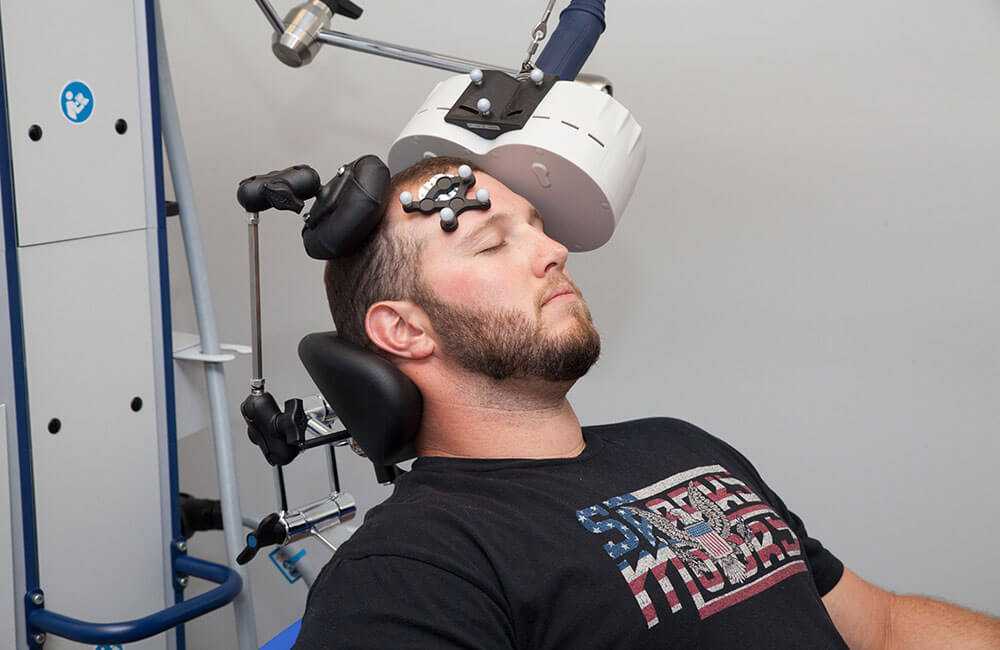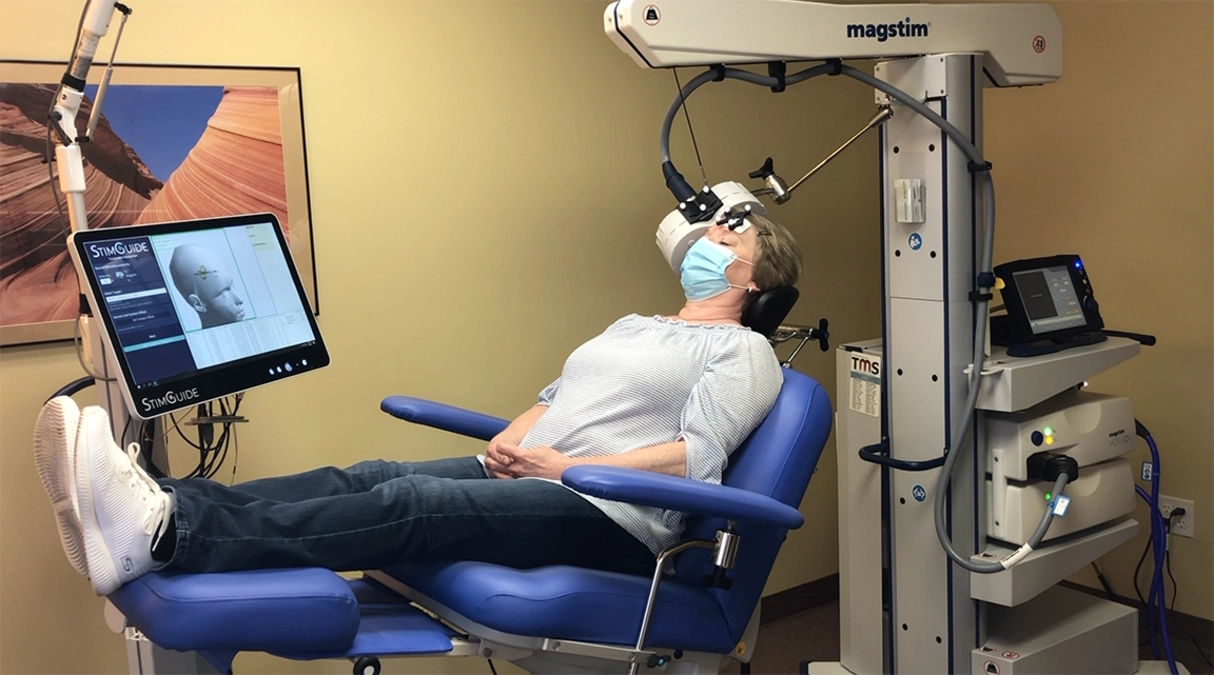In today’s fast-paced world, mental health challenges are more prevalent than ever. With rising rates of depression and anxiety, many individuals are seeking effective treatments to regain control over their lives. TMS treatment, or Transcranial Magnetic Stimulation, is an emerging therapy that has garnered attention. Despite its growing popularity, numerous myths and misconceptions surround this innovative approach.
You’re not alone if you’re curious about TMS treatment but unsure of your beliefs. Many patients have questions about what it entails and whether it’s a viable option for them. Let’s set the record straight by debunking some common myths associated with TMS treatment so you can make informed decisions about your mental health journey!
What is TMS Treatment?
TMS treatment, or Transcranial Magnetic Stimulation, is a noninvasive therapy designed to treat depression and other mental health disorders. It utilizes magnetic fields to stimulate nerve cells in the brain.
During a TMS session, an electromagnetic coil is placed against the scalp. This device delivers short pulses of magnetic energy that penetrate the skull and activate areas of the brain linked to mood regulation.
The procedure typically lasts about 30-40 minutes and requires multiple sessions over several weeks for optimal results. Patients remain awake and alert throughout, often using this time to read or listen to music.
Unlike traditional treatments like medication, TMS does not involve systemic side effects since it targets specific brain regions. This unique approach has made it an appealing option for many seeking relief from chronic depression when other therapies have failed them.
Common Misconceptions About TMS Treatment
TMS treatment often gets a bad rap due to misunderstandings. Many people are unsure what it truly involves, leading to several prevalent myths that can cloud judgment.
One common misconception is that TMS is painful. Patients typically describe the experience as mild discomfort rather than pain. The sensation resembles tapping on the head, and most find it tolerable.
Another myth suggests that TMS is only for those with severe depression. At the same time, this therapy indeed helps many struggling with major depressive disorder; it is also effective for individuals experiencing milder symptoms or other mental health conditions.
Some believe TMS has permanent side effects. However, studies show minimal risks associated with this noninvasive procedure when pnoninvasiveoninvasive procedures. Undenoninvasivehese misconceptions clarifies what TMS offers in mental health care.
Myth #1: It Is Painful and Invasive
Many people hesitate to try TMS treatment due to the misconception that it is harmful and invasive. In reality, TMS is a noninvasive procedure.
Durinoninvasive wear is a noninvasive device with coils that deliver magnetic pulses. These pulses target specific areas of the brain linked to mood regulation. Most describe the sensation as gentle tapping or tingling, not pain.
The beauty of TMS lies in its outpatient nature. Patients can easily fit appointments into their daily routines without lengthy recovery times. There are no needles involved, and anesthesia isn’t necessary.
This makes TMS an attractive option for those seeking relief from depression without undergoing more aggressive treatments like surgery or electroconvulsive therapy (ECT). The experience is often far less daunting than many anticipate, offering hope in a safe environment.
Myth #2: It Is Only for Severe Cases of Depression
Many people believe TMS treatment is reserved solely for those battling severe depression. This misconception overlooks the versatility of TMS therapy.
TMS, or Transcranial Magnetic Stimulation, can be beneficial for various levels of depression. It’s not just a last resort but an alternative option for individuals who haven’t responded well to traditional treatments like medication.
Patients dealing with mild or moderate symptoms often find relief through TMS. The treatment targets areas in the brain linked to mood regulation and can facilitate improvement even before conditions worsen.
By broadening access to this innovative therapy, more patients can explore effective options tailored to their mental health needs without waiting until their situation becomes dire.
Myth #3: It Has Permanent Side Effects
One of the biggest misconceptions about TMS treatment is that it leads to permanent side effects. Many potential patients worry about long-term consequences after undergoing this therapy.
However, research shows that TMS is generally well-tolerated. Most side effects are mild and temporary, including headaches or slight discomfort at the stimulation site. These often resolve shortly after each session.
Unlike some medications, which can cause lingering issues even after discontinuation, TMS does not carry such risks. Patients typically return to their daily lives without lasting impacts from the treatment.
Understanding this can alleviate anxiety for those considering TMS as a viable option for managing depression. It is essential to focus on its safety profile rather than myths that may deter individuals from seeking help when they need it most.
The Truth About TMS Treatment
TMS treatment, or Transcranial Magnetic Stimulation, is a groundbreaking therapy for depression and other mental health issues. It utilizes magnetic fields to stimulate nerve cells in the brain. This non-noninvasivecedure offers minnoninvasiveive treatments that may fall short.
Patients undergoing TMS typically experience minimal discomfort. Unlike invasive therapies, TMS does not involve needles or anesthesia. Many describe the sensation as a light tapping on the scalp.
Research shows that TMS can significantly improve mood and overall quality of life. It targets specific areas of the brain associated with depression, promoting neuroplasticity—the brain’s ability to adapt and change over time.
Moreover, TMS has an impressive safety profile. Side effects are generally mild and temporary compared to medications that often linger longer in the system. Understanding these truths can empower individuals seeking effective alternatives for their mental health journey.
Success Stories from Real Patients

Many patients have found renewed hope through TMS treatment. Their stories highlight the potential of this innovative therapy to change lives.
Take Sarah, for instance. After battling depression for years with little relief from traditional medications, she turned to TMS. Within weeks, her mood began to lift. She describes feeling “lighter” and more engaged in life again.
Then there’s Johntthere’sJohn, who struggled with anxiety along with his depression. He had almost given up on finding a solution until he tried TMS. Now, he feels more at ease in social situations and has reclaimed hobbies that once brought him joy.
Each story showcases the individual journey toward healing. For many, TMS isn’t just a treatment; it’s it’s a gateway to rediscovering themselves and their passions after tough battles with mental health challenges.
How to Determine If TMS Treatment Is Right for You
Determining if TMS treatment is suitable for you involves several key considerations. First, evaluate your current mental health status. If traditional therapies and medications have not provided relief, it might be time to explore alternatives.
Consult with a qualified healthcare professional who specializes in TMS. They can assess your specific situation and guide you through the process. A thorough evaluation will help determine whether you’re a good candidate.
Consider your lifestyle and preferences as well. TMS therapy requires multiple sessions over weeks, so ensure that you can commit to this schedule without significant disruption.
Gather information from others who have undergone the treatment. Hearing about their experiences can provide valuable insights into what to expect and how it may benefit you personally.
Conclusion
TMS treatment has emerged as a beacon of hope for many individuals struggling with depression and anxiety. We can better understand its unique benefits and effectiveness by dispelling common myths.
Many patients find TMS noninvasive, painless, challenging, and then noninvasive, and it’s a procedure to be feared. It’s an option available to anyone, regardless of the severity of their condition. Invasive effects are minimal compared to traditional treatments, assuring those considering this therapy.
Real-life success stories illustrate how transformative TMS can be for people from all walks of life. If you’re contemplating whether this treatment is right for you or a loved one, know that resources and support systems are available.
As awareness grows surrounding TMS treatment, so does its accessibility to those seeking relief from mental health challenges. Your journey toward wellness could very well begin with an open mind about what TMS can offer.

Thanks for sharing. I read many of your blog posts, cool, your blog is very good.